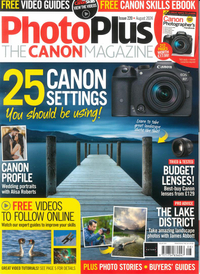For a big game, I could shoot as many as 9,000 photos!
The official England football team photographer and Canon Ambassador Eddie Keogh reflects on a lifetime of sports photojournalism
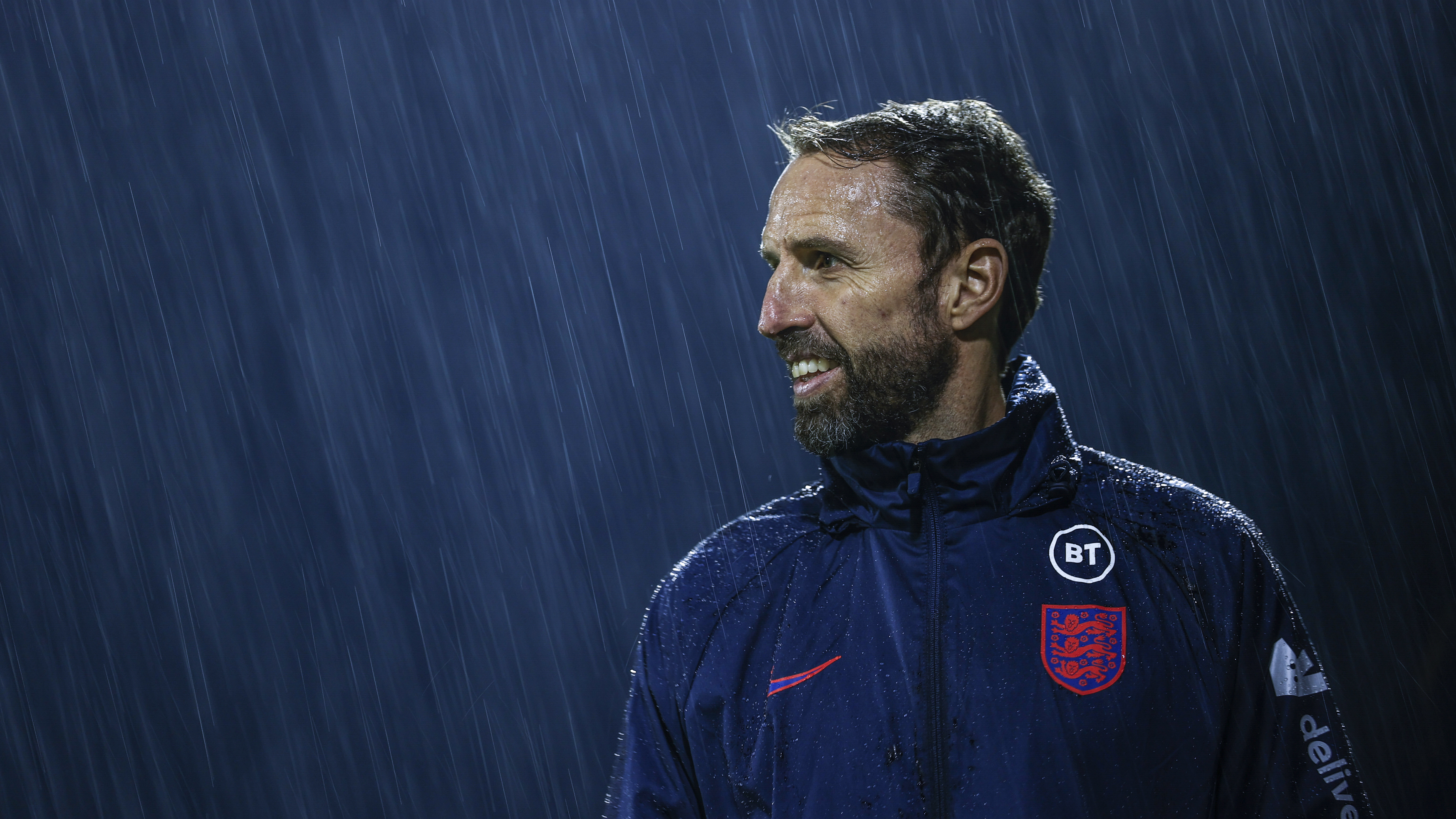
Eddie Keogh has been in sports photojournalism in the UK for over three decades. While he’s worked at the top of his game capturing the England football and rugby teams in some of their biggest sporting moments, he says he gets just as excited documenting the antics of a grassroots match on a Sunday morning. Eddie doesn’t just focus on football, and he has covered horse racing, tennis, athletics, and even shot for Rolls-Royce.
There are several elements to consider in sports journalism. There’s the action and the fast-paced camera settings. Then there’s the drama, the intrigue, and considering how to tell your story. Eddie is a creative sports photographer, whose signature style blends humour and emotion to connect you with his subjects – no matter their perceived status or celebrity. But what else drives his career, how does he still find inspiration after such an impressive length of service, and how has he seen sports journalism change in that time? I caught up with him at home to find out.
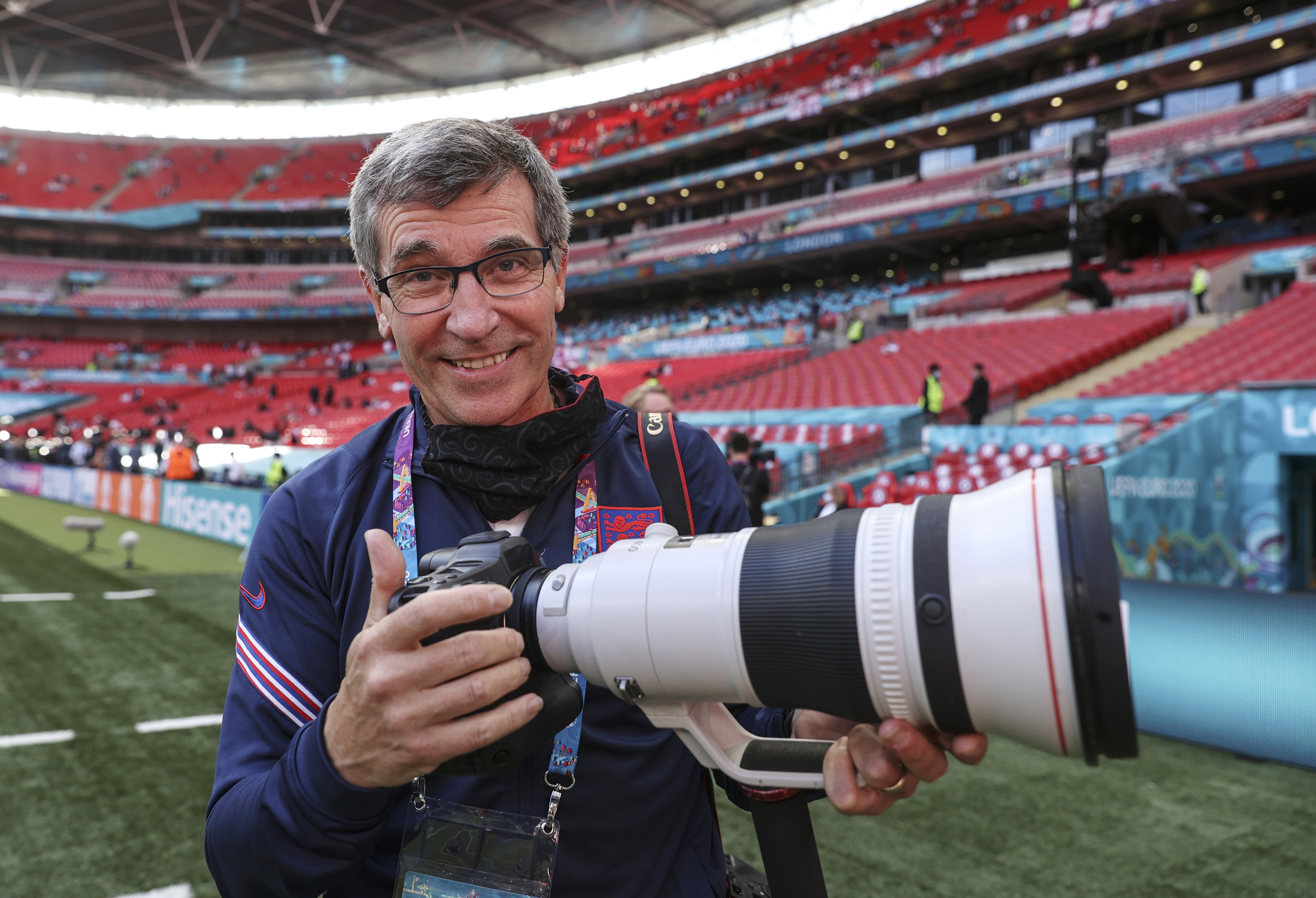
Eddie Keogh’s career spans over 35 years of sports photography and he’s covered thousands of major events from the Olympics to World Cups. He’s the England football team’s official photographer via Getty Images and shoots international rugby for England’s sponsor O2.
His images end up in daily newspapers, and increasingly, the social media feeds of famous sportspeople. He’s received numerous commendations, including best Portfolio at the Sports Journalists Awards and the Premier League Football Photographer of the Year Award.
Eddie, you’ve had an impressive career in sport. Could you share where you started?
For me, the idea of taking photographs started when I was about 15 years old on holiday with my mum, travelling in a Volkswagen camper van around Europe. She had a camera that took 110 film with tiny, miniaturized negatives, and I discovered that I liked taking pictures. The next summer I did a job with my local council sweeping the roads around Harlesden. I’d just saved enough money to buy my first film SLR camera which I carried around with me on the job, and whenever I met interesting people who were in Harlesden it was a chance to get to know them and ask if they would mind having a portrait taken.
The sports part came in because I love and played a lot of football. I took the camera down to the park to photograph my brother playing, and that’s where the grassroots stuff kicked in. These were the days of black-and-white film. I’d go back home to my bedroom, black out all the windows, develop the films and make prints with an enlarger. I’m not sure my mum knew what was going on really.
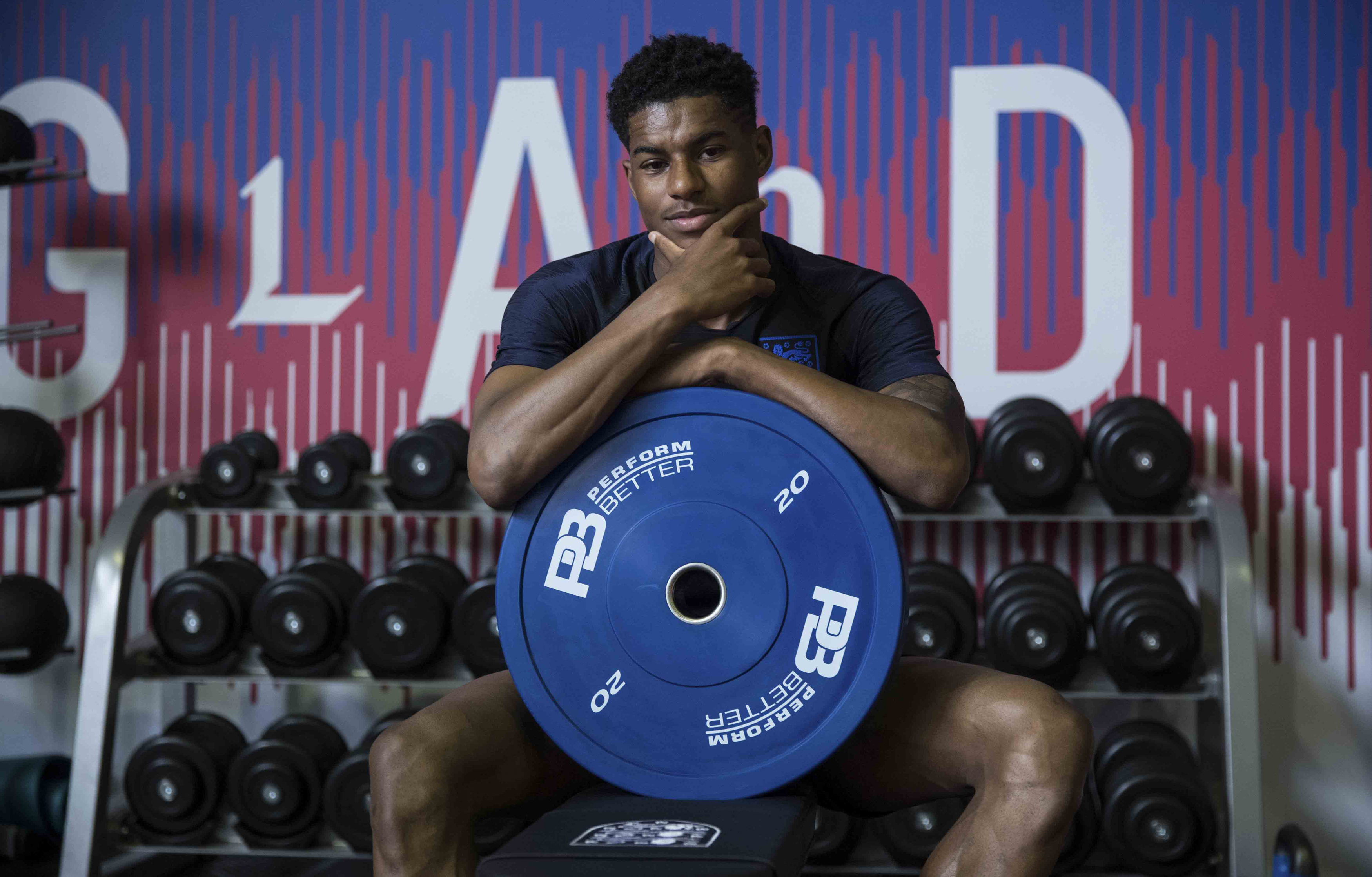
You combined your enjoyment of photography with another passion?
Yes. That’s the wonderful thing about photography. You can combine it with your love of another subject, whether it’s architecture, people, or wildlife. Mine was always sport so it worked as I understood what was going on and could anticipate certain things that happen on the pitch.
How did you get from photographing interesting people on the side of the road to the England football team?
I took as many pictures as I could when I was younger, did an A-level in photography, and then got on a course in Sheffield for press photography. I had a really inspirational tutor called Paul Delmar, who’d been around the world taking pictures and just made this job sound like the most interesting job ever.
When I left for my first job in Liverpool, I worked for Mercury Press agency and photographed all the games at Liverpool and Everton. Fleet Street was where it was all happening, though, so I got a job in an agency in London and after being there for about six months, they gave me the opportunity to go and cover the Olympics in Los Angeles. For a young kid at 21, I was there sitting amongst the world’s best sports photographers. That’s when I had a “This is where I want to be” feeling.
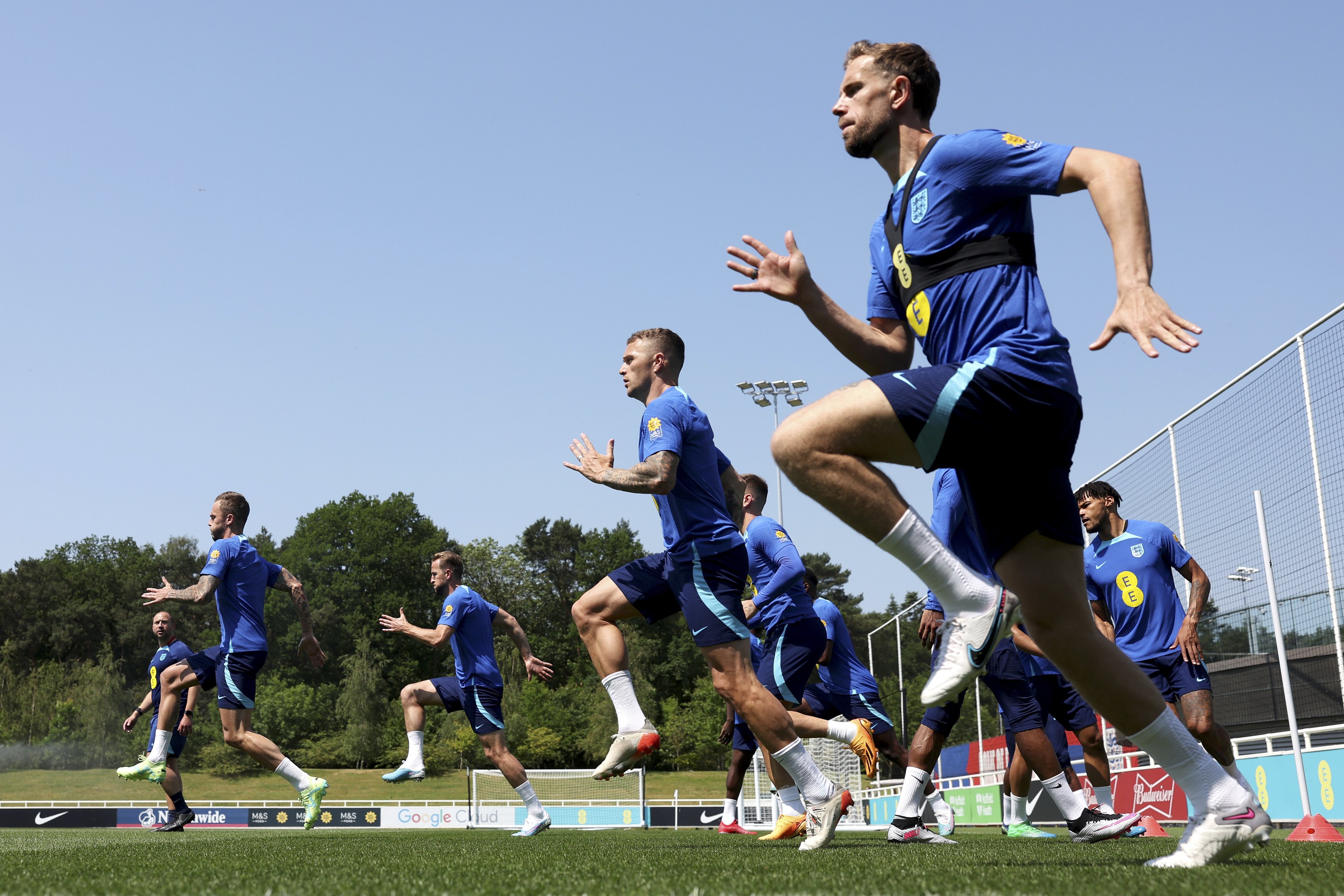
What’s the process for covering a game of football?
I’ll get to a game about four hours before kick off and capture the general stadium views and atmosphere. If I’m abroad it’s more interesting, and I’ll look out for pictures that tell the story of where we are. Then there’s the players arriving pictures, followed by the players warming up for the game.
Early action pictures are key, especially if there are new players. Goals and celebration pictures get used the most but players getting sent off and managers reacting to events are important too. Most big name players will have their own social media team behind them and will subscribe to agencies like Getty Images to capture pictures of their players.
So your Canon EOS camera is tethered and uploading in real time. How many images do you think you take during a match?
For a big game it could be as many as 8000-9000 pictures! But the Canon EOS R3 camera takes 30 frames a second now. I’ve been using the EOS R3 since it came out. It was the first mirrorless I used, as the EOS R5 was great but not quite fast enough for sport. It’s ridiculous – fantastically ridiculous, of course. It builds on my previous top-end Canon EOS-1D X Mk III DSLR in many ways.

You've been shooting with Canon for 16 years. Which lenses are your favourites these days?
One of my favorites at the moment is the RF 28-70mm F2L USM. It’s a sizeable bit of glass but I’ve got used to working with it. And with the f/2 aperture, it throws the background out beautifully. It’s a nice portrait lens at 70mm, rather than having an 85mm f/1.2 in your bag as well.
My Canon EF 70-200mm f/2.8L and Canon EF 400mm f/2.8L lenses are still my main workhorses and used all the time, as well as the RF 400mm F2.8L IS USM. I’ve used an RF 10-20mm F4L IS STM recently, and that’s a sexy wide-angle for something a bit different.
What advice would you give amateur photographers looking to improve their sports photography?
There are two key ways which I think can really help people improve their photography, but both require time. Studying what it is that you’d really like to improve on, if it’s sports then the best way is to look at the Getty Images website. They have every sport known to man on there, but start by studying their Sports Pictures of The Week section.
The second way is the fun bit. Practise! Get out there and practise as much as you can. You’ve seen how pros like me shoot, but you can still capture similar shots at your local sports ground. Learn your skills. Go through your pictures and make notes on how you can do better next time. The fi re in your belly will decide how often you keep going, but trust me that desire needs to burn bright if you want to succeed in this business. I’ve had the time of my life, what’s stopping you from doing the same?
A longer version of this interview originally appeared in Issue 219 of Photo Plus magazine. Click the link below to see our latest special subscription deal!
PhotoPlus: The Canon Magazine is the world's only monthly newsstand title that's 100% devoted to Canon, so you can be sure the magazine is completely relevant to your system. As a subscriber, you’ll enjoy big savings on shop prices and the convenience of having every issue delivered hot off the press. Every issue comes with downloadable video tutorials too.
Get the Digital Camera World Newsletter
The best camera deals, reviews, product advice, and unmissable photography news, direct to your inbox!

Lauren is a writer, reviewer, and photographer with ten years of experience in the camera industry. She's the former Managing Editor of Digital Camera World, and previously served as Editor of Digital Photographer magazine, Technique editor for PhotoPlus: The Canon Magazine, and Deputy Editor of our sister publication, Digital Camera Magazine. An experienced journalist and freelance photographer, Lauren also has bylines at Tech Radar, Space.com, Canon Europe, PCGamesN, T3, Stuff, and British Airways' in-flight magazine. When she's not testing gear for DCW, she's probably in the kitchen testing yet another new curry recipe or walking in the Cotswolds with her Flat-coated Retriever.
